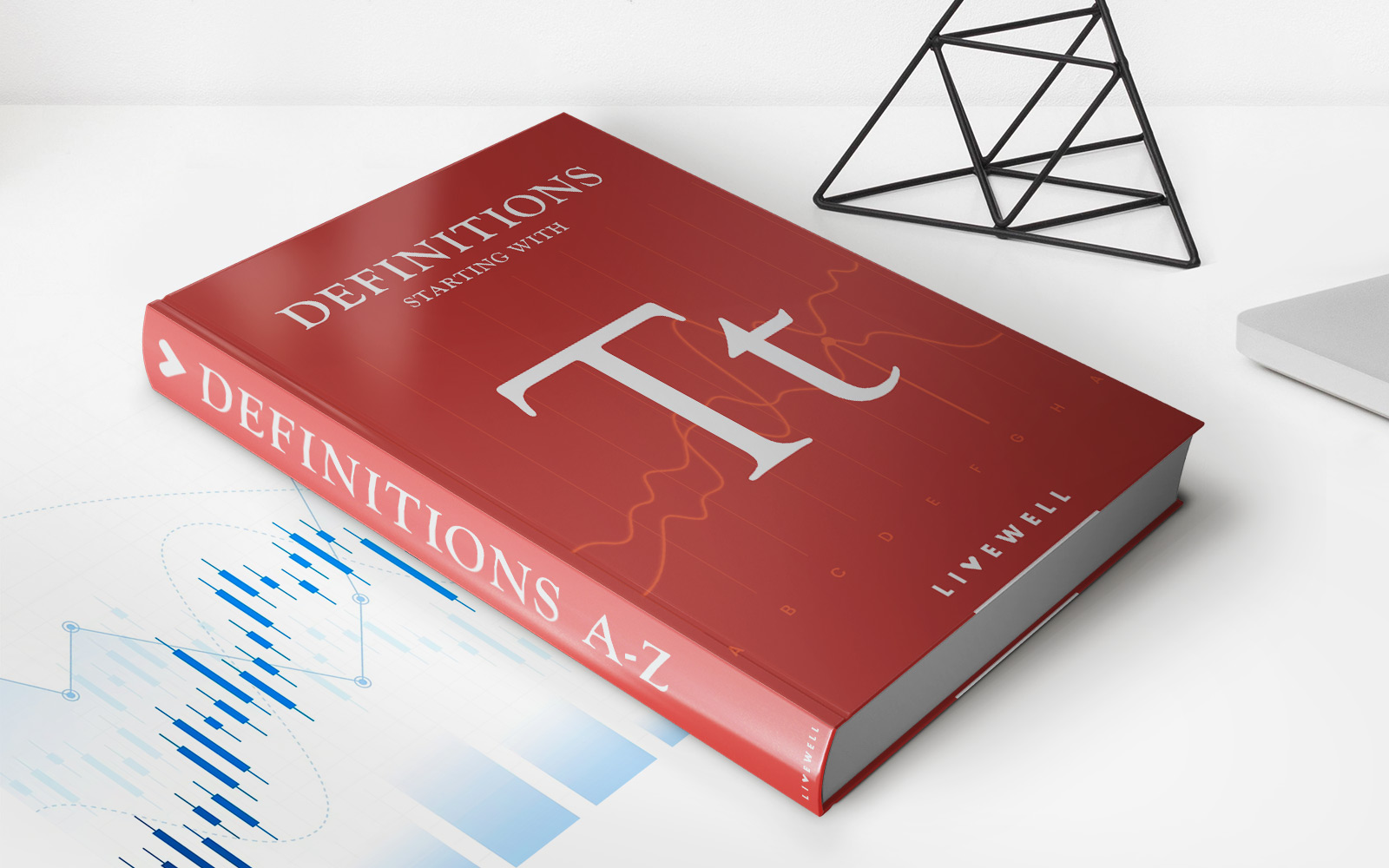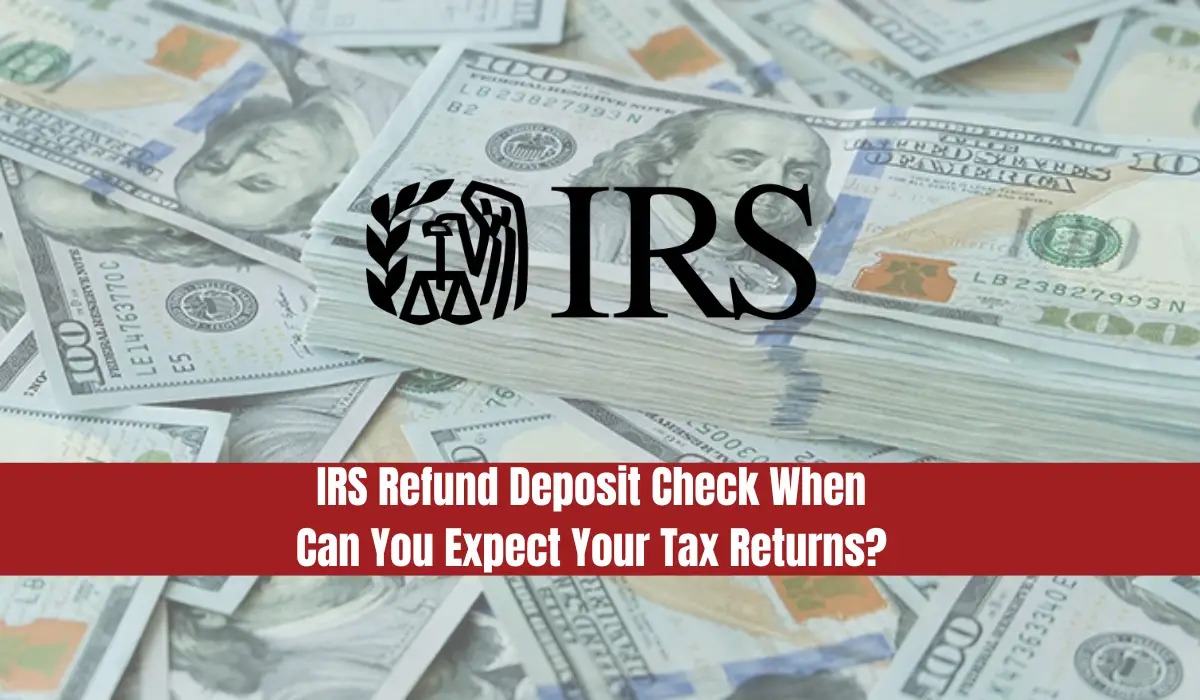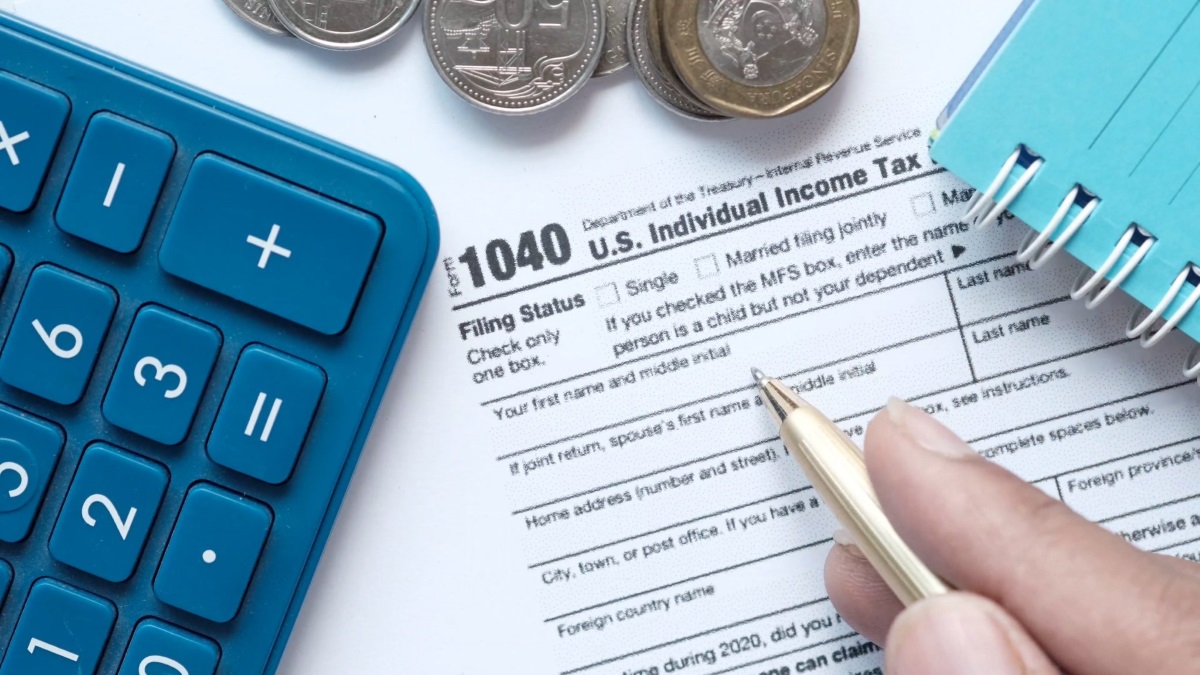Home>Finance>Capital Dividend: Definition Vs. Regular Dividend And Taxation


Finance
Capital Dividend: Definition Vs. Regular Dividend And Taxation
Published: October 22, 2023
Learn about capital dividends and their differences compared to regular dividends and taxation in finance. Get insights into their significance and impact on your investments.
(Many of the links in this article redirect to a specific reviewed product. Your purchase of these products through affiliate links helps to generate commission for LiveWell, at no extra cost. Learn more)
The Difference Between Capital Dividends and Regular Dividends: Understanding Taxation
When it comes to managing your finances and investments, understanding the different types of dividends and their tax implications is crucial. In the world of finance, two common terms that often come up are “capital dividends” and “regular dividends”. These terms refer to the way companies distribute profits to their shareholders and can have different tax consequences. In this article, we will explore the difference between capital dividends and regular dividends and their respective taxation.
Key Takeaways:
- Capital dividends are typically paid out from a company’s capital gains, while regular dividends come from a company’s profits.
- Capital dividends are often more tax-efficient for shareholders, as they can be received tax-free or at a reduced rate.
Capital Dividends: Definition and Taxation
Capital dividends are a type of distribution made by a company to its shareholders that come from the company’s realized capital gains. These gains occur when the company sells an investment or asset at a higher price than its original purchase price.
One of the benefits of capital dividends is that they can be received tax-free or at a reduced tax rate, depending on the tax laws in your jurisdiction. This is because capital gains are often subject to more favorable tax treatment compared to regular dividends.
If you receive a capital dividend, it is important to consult with a tax professional or financial advisor to understand your specific tax obligations. They can help you determine whether the dividend is fully tax-free or if a portion of it needs to be included in your taxable income.
Regular Dividends: Definition and Taxation
Regular dividends, on the other hand, are typically paid out from a company’s profits. These profits can be generated from various sources, such as sales revenue, interest income, or rental income.
When a company declares a regular dividend, it is distributing a portion of its earnings to its shareholders. Unlike capital dividends, regular dividends are usually subject to regular income tax rates.
It’s important to note that the tax treatment of regular dividends can vary depending on your jurisdiction and your individual tax situation. Factors such as the type of dividend (qualified or non-qualified), your tax bracket, and any applicable tax credits can all impact the amount of tax you owe on regular dividends.
Conclusion
Understanding the difference between capital dividends and regular dividends is crucial when it comes to managing your finances and minimizing your tax obligations. Here are two key takeaways:
- Capital dividends are typically paid out from a company’s capital gains, while regular dividends come from a company’s profits.
- Capital dividends are often more tax-efficient for shareholders, as they can be received tax-free or at a reduced rate.
Whether you are a shareholder receiving dividends or a company considering how to distribute profits, it’s always advisable to consult with a financial advisor or tax professional. They can provide personalized advice based on your specific circumstances and help you navigate the complex world of dividend taxation.














